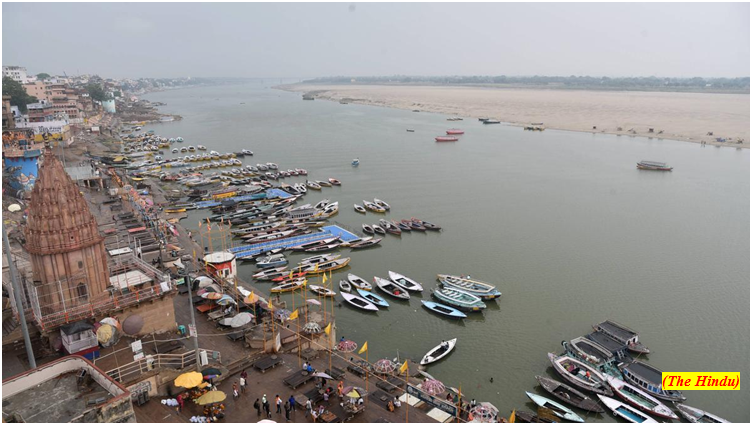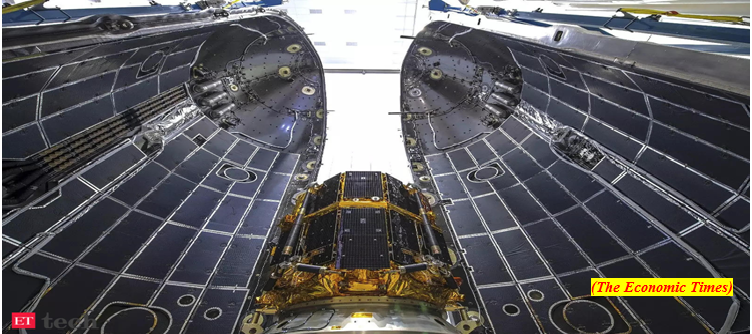39th Edition of India-Indonesia Coordinated Patrol (GS Paper 3, Defence)

Why in news?
- The 39th edition of India-Indonesia Coordinated Patrol (IND-INDO CORPAT) between the Indian Navy and the Indonesian Navy is being conducted from 08 – 19 December 2022.
- The CORPAT will be executed along the International Maritime Boundary Line (IMBL) from 15 to 16 December 2022 and will conclude with a debrief at Port Blair.
Key Highlights:
- Indian Naval Ship (INS) Karmuk, an indigenously built Missile Corvette participated in the pre-deployment briefing at Belawan, Indonesia.
- Along with INS Karmuk, L-58 (indigenously built Landing Craft Utility vessel) and Dornier Maritime Patrol Aircraft will be participating in the CORPAT.
- KRI Cut NyakDien, a KapitanPattimura Class Corvette, would represent the Indonesian side.
About CORPAT:
- India and Indonesia have been carrying out CORPATs twice a year since 2002, with an aim of keeping this vital part of the IOR safe and secure for commercial shipping, international trade and conduct of legitimate maritime activities.
- CORPATs help build understanding and interoperability between navies, and facilitate institution of measures to prevent and suppress Illegal Unreported Unregulated (IUU) fishing, drug trafficking, maritime terrorism, armed robbery and piracy.
- It further helps enhance the operational synergy by exchange of information for prevention of smuggling, illegal immigration and for conduct of Search and Rescue (SAR) operations at sea.
Way Forward:
- The 39th edition of IND-INDO CORPAT seeks to bolster the maritime cooperation between the two navies and forge strong bonds of friendship between India and Indonesia.
Clean Ganga changes course to conservation, tourism, livelihood
(GS Paper 3, Environment)
Why in news?
- Marking a shift in emphasis, the Union government’s flagship NamamiGange programme, conceived to improve the sanitation levels in the Ganga River is now geared towards conservation, tourism and providing economic livelihoods.
Details:
- At a recent meeting, chaired by Union Jal Shakti Minister the thrust of decisions focused on having the Tourism Ministry develop a “comprehensive plan” for developing tourism circuits along the Ganga in line with “Arth Ganga,” organic farming and cultural activities.
- Arth Ganga, or harnessing economic potential from the Ganga, follows from a directive by Prime Minister Narendra Modi in December 2019 after chairing a similar meeting of the Ganga taskforce.

Comprehensive Plan:
- Proceedings of the meeting, suggest that along with developing “tourism circuits” the Ministry was planning exhibitions and fairs in 75 towns along the main stem of the river;
- the Agriculture Ministry was taking steps to build organic farming and natural farming corridors;
- the Urban Affairs Ministry was focussed on mapping drains and solid waste management and,
- the Environment Ministry was scaling up afforestation and scaling up conservation efforts to protect the Gangetic river dolphin.
Treatment of water:
- The Power Ministry was working to reuse treated wastewater of thermal power and the Rural Development Ministry looking to rejuvenate small rivers and protect traditional water bodies.
- In States, the focus would be expeditiously completing projects and every Ganga district was expected to develop a scientific plan and health card for at least 10 wetlands and adopt policies for reuse of treated water and other by products.
Clean Ganga:
- Since 2014, when the cleaning of the Ganga was launched as a marquee government programme, close to ₹30,000 crore had been sanctioned for various projects, including building and improving sewers, and river rejuvenation activities.
- Updated estimates from the National Mission for Clean Ganga (NMCG) suggest that of 408 projects sanctioned under the programme, 228 have been completed, 132 are ‘in progress,’ with the rest in various stages of tendering.
19 State legislatures have less than 10% women members Centre
(GS Paper 2, Polity and Constitution)
Why in news?
- Women representation in Parliament and most State Legislatures across the country is below 15% with 19 of State Assemblies having less than 10% women lawmakers, according to a government data.
Representation of women:
- The State Legislatures which have more than 10% women lawmakers are Bihar (10.70%), Chhattisgarh (14.44%), Haryana (10%), Jharkhand (12.35%), Punjab (11.11%), Rajasthan (12%), Uttarakhand (11.43%), Uttar Pradesh (11.66%), West Bengal (13.70%) and Delhi (11.43%).
- Andhra Pradesh, Assam, Goa, Gujarat, Himachal Pradesh, Kerala, Karnataka, Madhya Pradesh, Maharashtra, Manipur, Odisha, Sikkim, Tamil Nadu and Telangana have less than 10% women legislators.
- In the recently held Gujarat Assembly elections, 8.2% of the elected representatives are women, whereas, in Himachal Pradesh, only one woman has been elected this time.
- The share of women MPs in Lok Sabha and Rajya Sabha stands at 14.94% and 14.05%, respectively.
- At the same time, the average number of women MLAs in Assemblies across the nation accounts for only 8% .

Women's Reservation Bill:
- Recently, political parties such as the Biju Janata Dal (BJD), the Shiromani Akali Dal (SAD), the Janata Dal United JD(U) and the Trinamool have asked the government to introduce and pass the Women's Reservation Bill afresh in Parliament.
- Gender justice is an important commitment of the government. All political parties need to carefully discuss this issue on the basis of consensus before bringing the Constitution Amendment Bill before Parliament.
- The bill, which seeks to reserve one-third of seats in Lok Sabha and State Assemblies for women, was first introduced in Parliament in 1996.
- It was passed in the Rajya Sabha in 2010, but lapsed with the dissolution of the 15th Lok Sabha.
Japanese startup launches countrys first ever lunar mission
(GS Paper 3, Science and Tech)
Why in news?
- Recently, a Japanese startup’s spacecraft was launched to the Moon in the country’s first-ever lunar mission and the first of its kind by a private company.
- So far only the United States, Russia and China have managed to put a robot on the lunar surface.

Details:
- The launch was carried out by Elon Musk’s SpaceX in Cape Canaveral in the US state of Florida.
- The spacecraft, produced by Tokyo-based startup ispace, blasted off aboard a Falcon 9 rocket.
ispace mission:
- The ispace mission is the first of a program called Hakuto-R, which means “white rabbit” in Japanese.
- The lunar lander was expected to touch down on the visible side of the Moon in April 2023, the year of the rabbit in Japan.
- The ispace lunar lander is also carrying two robots produced by Japan’s space agency and a disc with the song “SORATO” by Japanese rock band Sakanaction, which was originally written in support of the Google competition.
- Measuring just over 2 by 2.5 meters, the spacecraft has a payload that includes a 10-kilogram rover built by the United Arab Emirates.
- The Gulf country is a newcomer to the space race but recently sent a probe into Mars’ orbit last year. If the rover, named Rashid, successfully lands, it will be the Arab world’s first Moon mission.
Way Forward:
- ispace“aims to extend the sphere of human life into space and create a sustainable world by providing high-frequency, low-cost transportation services to the Moon.”





